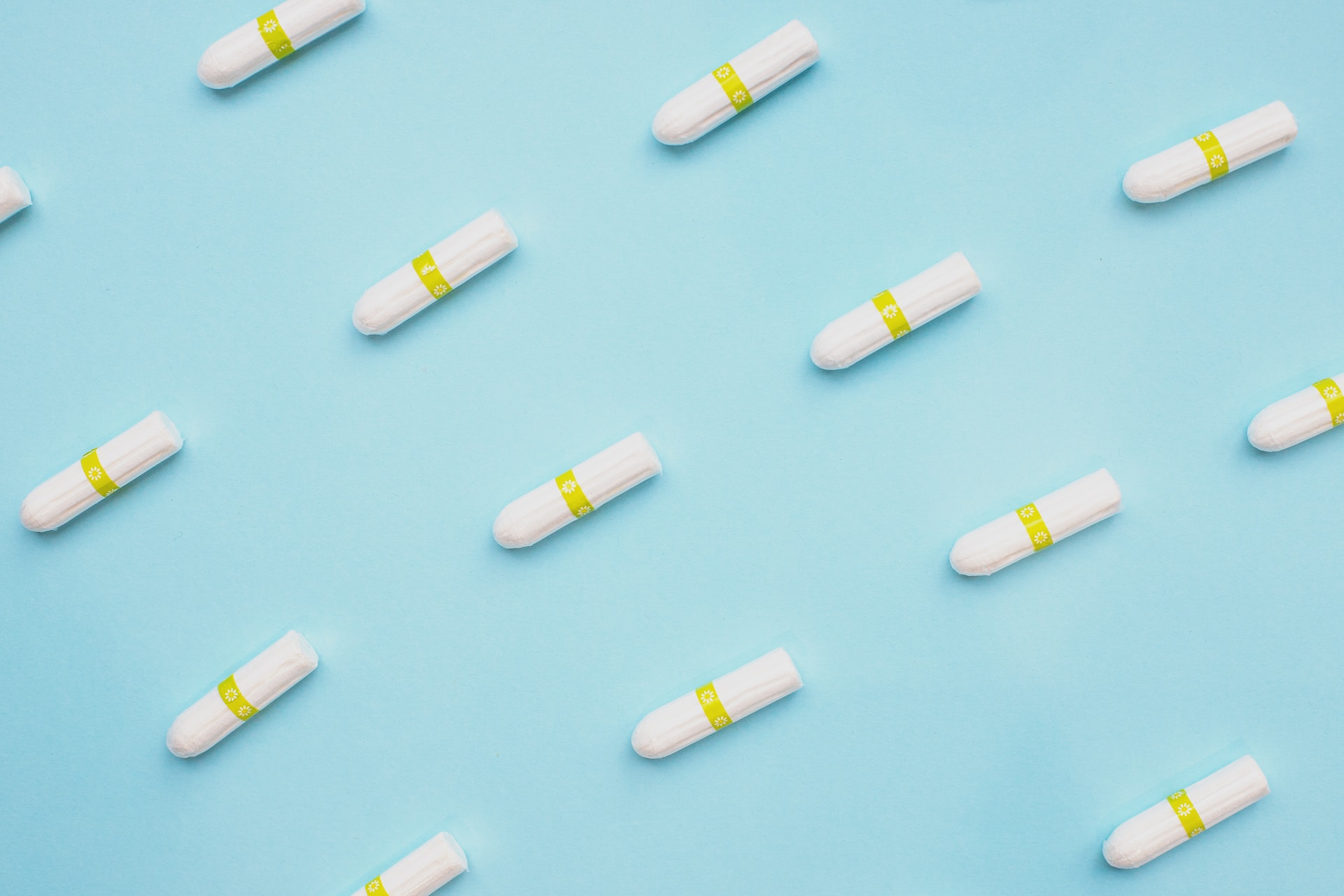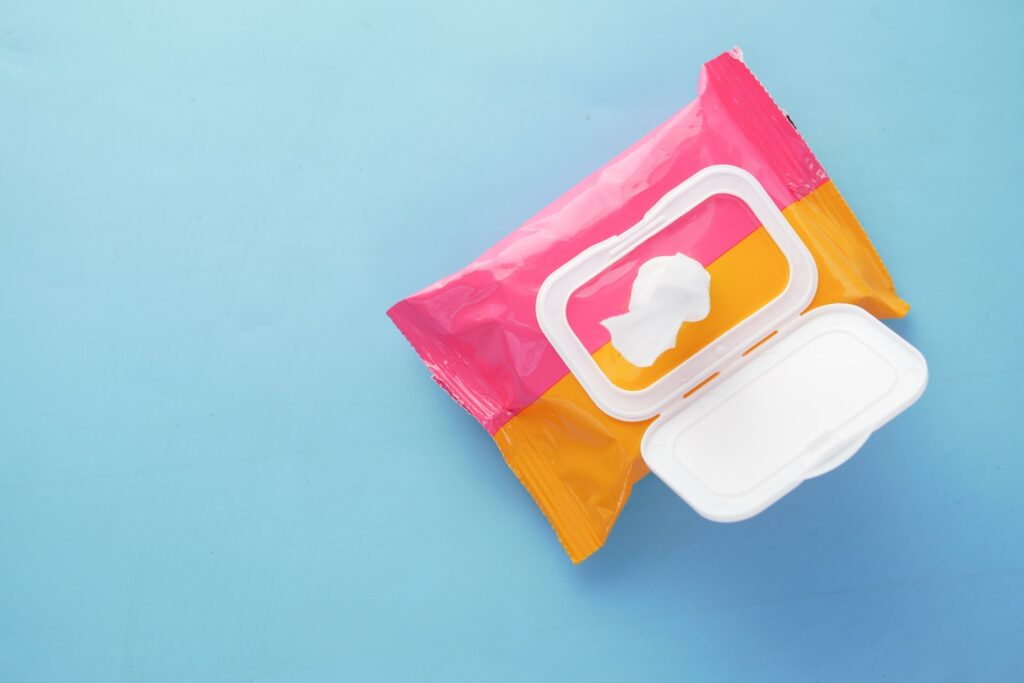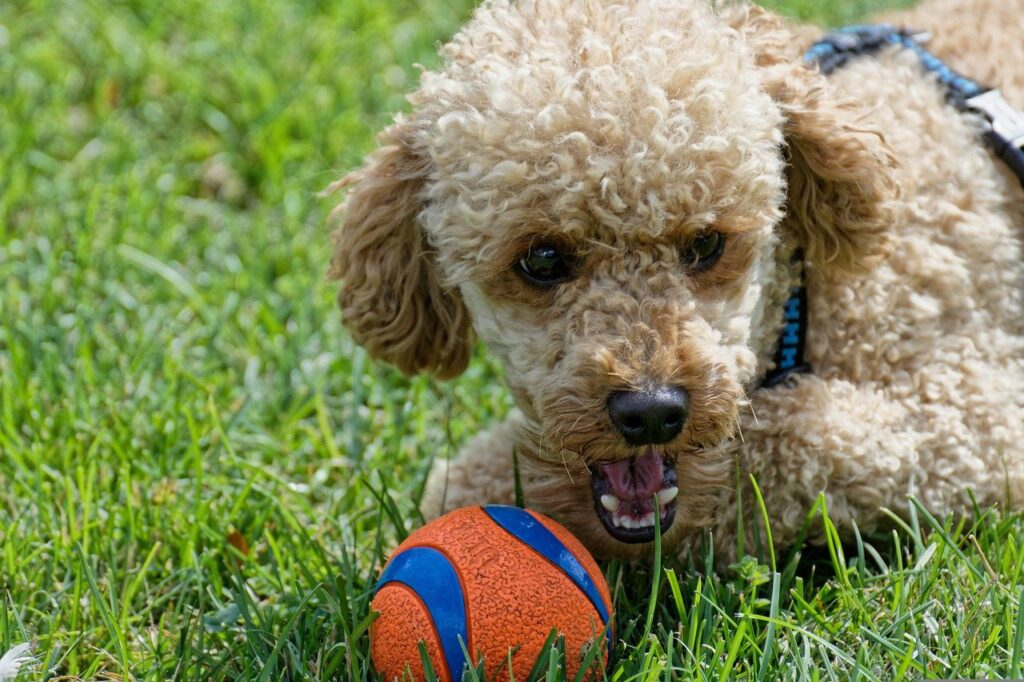Dogs are curious creatures by nature, and it’s no wonder that they scout for inedible objects around the home. But you may wonder what would happen if your dog ate tampon.
When a dog ingests a tampon, it poses a serious health risk. The foreign object may lead to intestinal blockage or toxicity. Immediate veterinary attention is crucial. But there are ways to prevent this from happening.
- What are tampons and what are they made of?
- What are the potential health risks of a dog eating tampons?
- What steps should be taken immediately if your dog ingested a tampon?
- What should you expect the veterinarian to do?
- How can you dog-proof your home to prevent incidents, and what are safe disposal practices?
What are tampons and what are they made of?
Tampons are feminine hygiene products that are used during the time of menstruation. They have a cylindrical shape and are made out of soft materials like cotton and rayon. These materials are very absorbent and their function is to absorb blood. Most tampons also have a cord from their back end used to remove it after use. Some tampons also come with an applicator made out of plastic.
What are the potential health risks of a dog eating tampons?
There are a few signs of tampon ingestion in dogs that you have to keep an eye on whenever you have tampons around the dog.
Choking hazard
One of the first symptoms you can notice after your dog eats a tampon is if the dog accidentally chokes on it. The tampon may get stuck into the dog’s windpipe causing a blockage of the airflow. This will lead to the dog developing breathing problems and gasping for air. Sometimes, the dog may try to cough to get the object out.
Because this is a pet health emergency, it’s essential to know how to perform the Heimlich maneuver on a dog in order to help it. Lake Norman at Mooresville Animal Hospital explains how to do this maneuver:
| If your dog is standing, put your arms around them so your hands join at the abdomen. Then make a fist with your hands and firmly and swiftly push up and forward five times in a thrusting motion – much like you would perform the maneuver on a human. Doing this should dislodge the object or food, but remember to check the mouth and help remove any item that may be loose in the back of your dog’s mouth so they don’t choke or swallow what was previously bothering them. |
Injuries to the digestive tract
Other symptoms of dog ingesting a tampon will come from the gastrointestinal system. If the tampon has the plastic applicator on it while being swallowed, it will cause cuts and tears to the intestinal lining while moving. This will cause bleeding in the stomach and you can notice it as bloody diarrhea. The color of the diarrhea can differ depending on where the cuts occurred. If the bleeding is closer to the esophagus, the blood will be darker. Being closer to the anus will cause the poop to have a red color.
Intestinal blockage
The biggest problem when it comes to the consequences of a dog eating a tampon is the fact that it can get stuck along the intestines. Because it is designed to absorb liquid, the tampon can soak up the gastric juices thus growing in size and closing the intestinal canals. This causes a blockage in which nothing will be able to move inside the abdomen. Thus, the abdomen will bloat, while the dog will stop pooping and start vomiting. This can end very badly with the intestines perforating and causing sepsis.
These same symptoms can also occur due to the little string on the tampon, just like when a dog eats the string from a rope toy.
What steps should be taken immediately if your dog ingested a tampon?
The first thing you should do in this situation is to stay calm. Freaking out and yelling will only stress out your dog and cause even more problems. After you’ve taken a deep breath, remove any other tampons or objects around your dog’s vicinity. Then, try to figure out how much it had to eat. Some dogs don’t know when to stop eating even if they feel bad.
After all this, call your emergency vet and explain to them what happened. You will also need to tell them the breed and size of your dog as it’s of big importance. Then, they will advise you to either monitor the dog for symptoms or bring it to their office.
What should you expect the veterinarian to do?
Your vet is the one who is most equipped with the knowledge of what to do if your dog eats a tampon. Once you bring your dog to their office, they will do a thorough physical exam before doing blood tests and imaging. Using an X-ray, the vet might be able to see some changes in the intestines. But because X-rays don’t see tampons, an ultrasound may also be used for the same reason. The vet may also use an endoscope if the tampon is closer to the mouth to take it out.
What are the treatment procedures, and what can you expect during the recovery process?
Sometimes, veterinary care for dogs involves an injection in order to induce vomiting. “A general recommendation is to induce vomiting within 2 hours of ingestion. If a foreign object has already moved from the stomach into the intestines, vomiting is no longer effective.”, says Dr. Veronica Higgs. An important thing to mention is to not induce vomiting yourself, as you can only cause additional problems. If this doesn’t work, surgery may be needed to remove the blockage.
The surgical treatment for dog swallowing a tampon, starts by putting the dog under anesthesia. Then, a cut is made in the abdomen to locate and remove the tampon. Once everything is cleared out, the abdomen gets sewn together and patched up. The dog will be hospitalized for a few days until it recovers properly. This can last a few days as the doctors need to make sure that everything is okay after the surgery. Then you can take your pup home.
How can you dog-proof your home to prevent incidents, and what are safe disposal practices?
Because dogs can eat tampons that are left lying around, you need to spend some time preventing this from happening. Make sure your tampons are stored somewhere safe where your dog can’t access them. This can be a high bathroom cabinet that is locked with a safety lock. Close the bathroom door and don’t allow the dog access to that room. Keeping the tampons in a zip-locked bag is another step of prevention.
If you have used a tampon, you should throw it in a trash can that your dog can’t eat from. There are special pet-proof trash cans that are made just for these kinds of situations. You can also spray some dog repellents like chili pepper or vinegar.
Train your dog not to eat inedible objects and use obedience training to teach commands like “drop it”. You can also get some chew toys to steal your dog’s attention from other objects. If your dog doesn’t listen to you, getting a professional dog trainer is an option.
So what should you do if your dog ate tampon?
Our dogs can often find themselves in weird situations. Because they like to pick up things and eat them, it is possible for a dog to ingest your tampon. But this can be a dangerous occurrence.
Tampons are specifically made to absorb liquid and expand. If ingested, they can expand inside the intestines causing an obstruction, which leads to serious health problems. They will start bloating, and if not treated, will perforate causing a life-threatening condition.
This is why you have to be careful about where you leave your inedible objects small enough to get eaten by your dog. Spend serious time training your dog to not do so, and invest in ways to make a safe environment for dogs by dog-proofing your living spaces. For any other problem you have, make sure to ask for veterinary advice.
FAQ
Are used tampons more dangerous than unused tampons?
There isn’t much difference if the tampon is used or unused if the dog ingests it. The unused one might have a slightly lower expansion because it already absorbed something. But it will still cause digestive issues in dogs.
Can a dog pass a swallowed tampon naturally?
If your dog ate tampon, there is a possibility of passing it naturally. This depends on the size of the dog and the tampon. Usually, it should take around 24 hours for the object to pass.
What to do if your dog partially passes a tampon?
Your dog may partially pass a tampon by having it stick out of its butt. In this situation, you should not pull on it to remove it. Instead, immediately call the vet and ask them for help.
More dog health resources
Here are a few other resources talking about dog health.
- Why do dog leave odorless wet spots
- Valerian root dosage for dogs
- Why are my dogs balls black
- Pink spot on dogs lip
- No Scoot vs Glandex
You can find a lot more information on how to keep your dog healthy on our site Dogisa!
What To Do If Your Dog Ate A Baby Wipe: Advice And Solutions
Dogs like to chew on things and sometimes they will get their chompers on something…
Do Poodles Pick A Favorite Person? – How To Be The Favorite
Poodles are loving and intelligent dogs that will fit in perfectly with your family. And…
Do Poodles Bite? – Reasons For Biting And How To Control It
Poodles are a cute dog breed that is very popular among dog owners. People usually…
Why do Dog Leave Odorless Wet Spots? And how to treat them
It is not uncommon for dog owners to notice that their dog leave odorless wet…
Why Does My Dog Only Have Diarrhea At Night? [How To Help]
Diarrhea is not an uncommon thing and most dogs will suffer from it at least…
A Complete Guide To The Corgi Heat Cycle [+ Tips]
Going into heat is what we refer to when we talk about periods in dogs….







